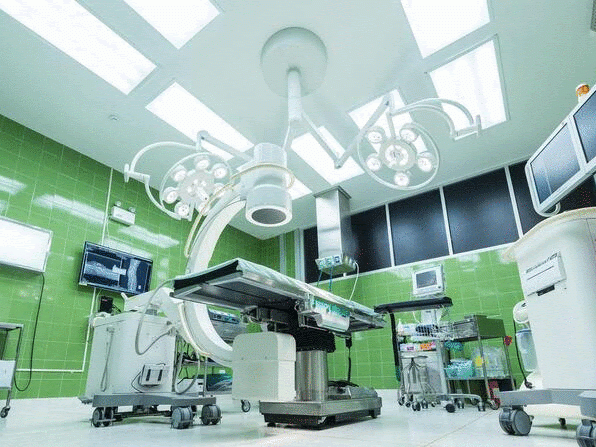
Posted to News on 22nd Apr 2021, 08:58
Inductive sensors come to surgeons’ aid
Sensor data delivers valuable backup to robot-assisted operations

Laparoscopic surgery – keyhole, or minimally invasive, surgery within the abdomen –. has started using robot assistance. And a key issue these systems face is ensuring that the correct length and diameter of cannula or trocar has been loaded into the robotic manipulator before insertion into the body cavity, according to Contrinex, a manufacturer of inductive, photoelectric, RFID and machine safety sensors.
To perform robot-assisted laparoscopic surgery, the surgeon sits at a computer console viewing a 3-D image of the surgical field and guiding surgical instruments via joy-sticks. The improved depth perception and rotational movement provided by a robot has extended laparoscopic surgery to more complex procedures.
These require cannulas of many different types, each individually identified by ridges and grooves machined into the area clamped by the robotic member.
Potential harm
If the wrong cannula type is fitted, it may be too small for the tools required or too large for the intended procedure, with potential harm to surgical outcomes. It is therefore essential that the robotic system should check the cannula before allowing the surgeon to proceed with surgery.
A non-contact solution is required. Space constraints around the robot also make small size essential.
Contrinex’s ‘Basic’ range of inductive sensors (600 series), are installed into the clamping block of the robotic member and utilise their high-performance sensing capability to detect the presence of machined ridges and grooves in the cannula.
The groves provide a binary code that identifies the specific dimensions and profile of the cannula loaded. Detection is accomplished through the wall of the mounting block, isolating the sensors from the surgical device.
Sensor controls
Space constraints require these 6.5 mm diameter sensors are mounted side by side, with no spacing, essentially violating mounting rules. To avoid the possibility of cross talk or mutual interference, the sensors are powered on and off sequentially and their output status monitored.
Sensor data delivered to the control system allows the surgeon to proceed with confidence that instrument movements within the patient’s body will be dimensionally correct and the internal size of the cannula is sufficient for entry of the surgical tools required.
Want the latest machine building news straight to your inbox? Become a MachineBuilding member for free today >>

















